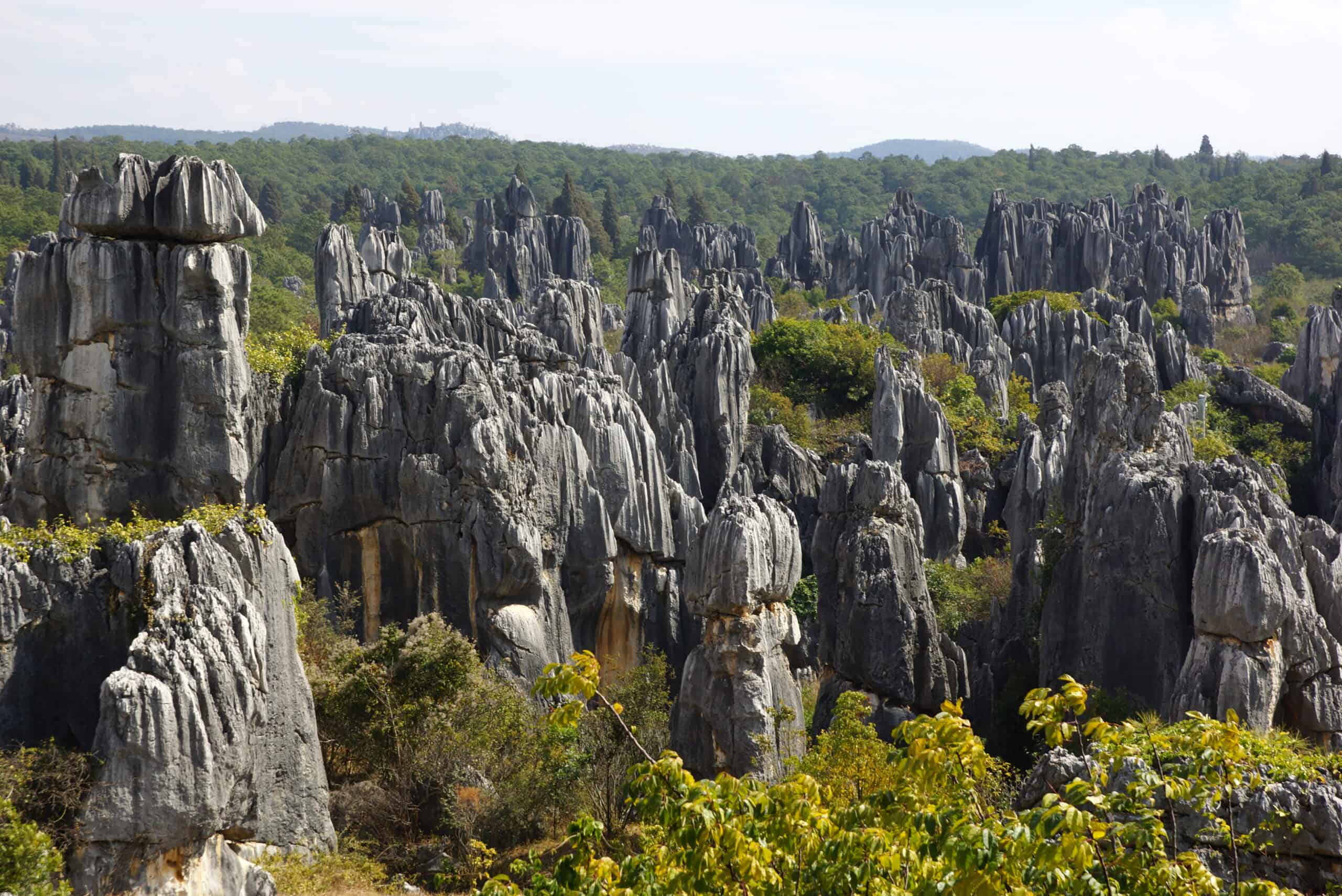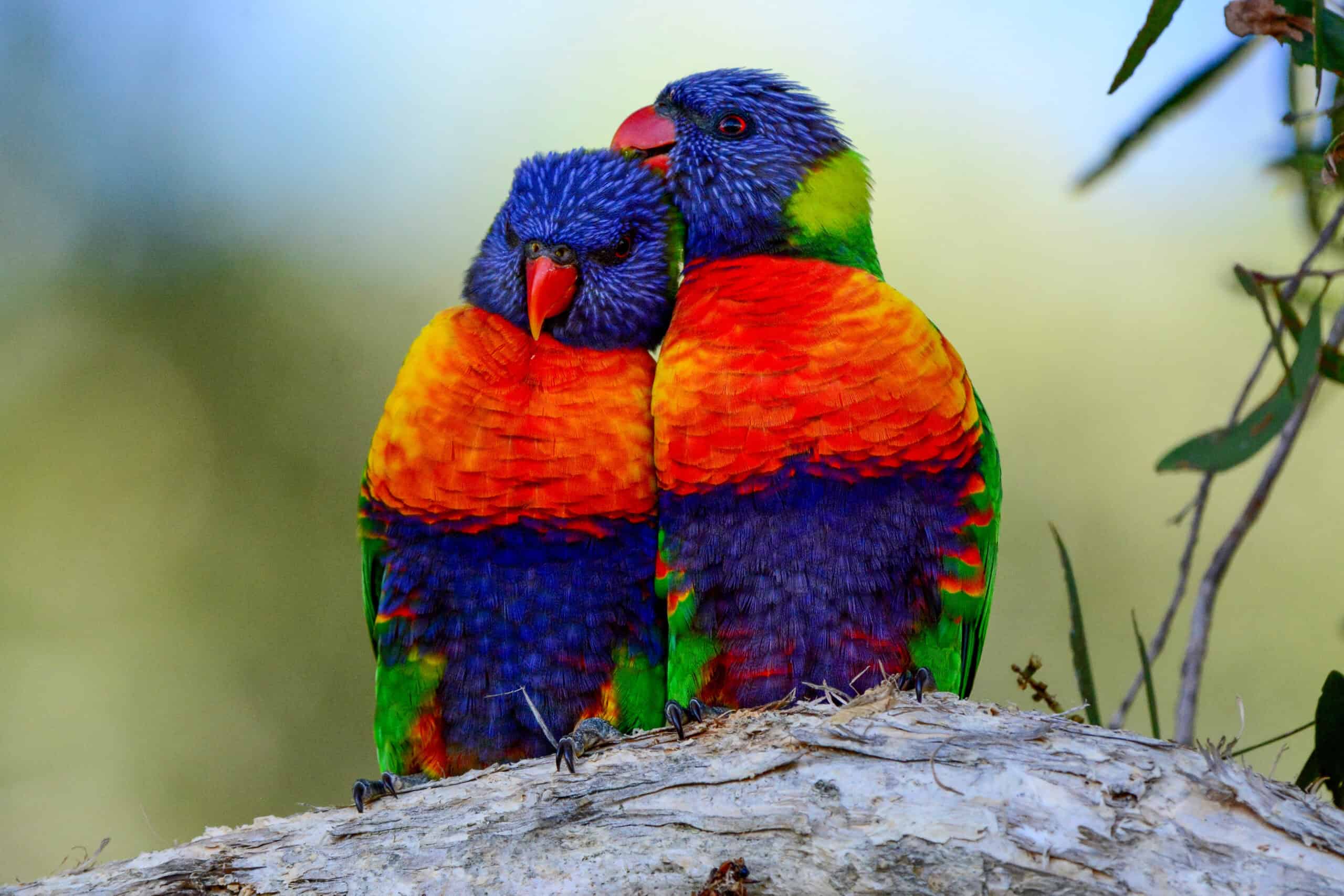Beneath the earth’s surface lies a hidden world of caves, home to creatures that have evolved in complete darkness. These mysterious animals have adapted in remarkable ways, losing their vision, developing heightened senses, and finding ingenious methods to survive in harsh, nutrient-poor environments. While many cave dwellers remain unknown to most, their unique characteristics offer a glimpse into nature’s incredible ability to adapt to extreme conditions. These cave-dwelling species have thrived in an isolated, otherworldly realm. Let’s explore some of the most fascinating and lesser-known creatures that call these dark caves home.
Olm
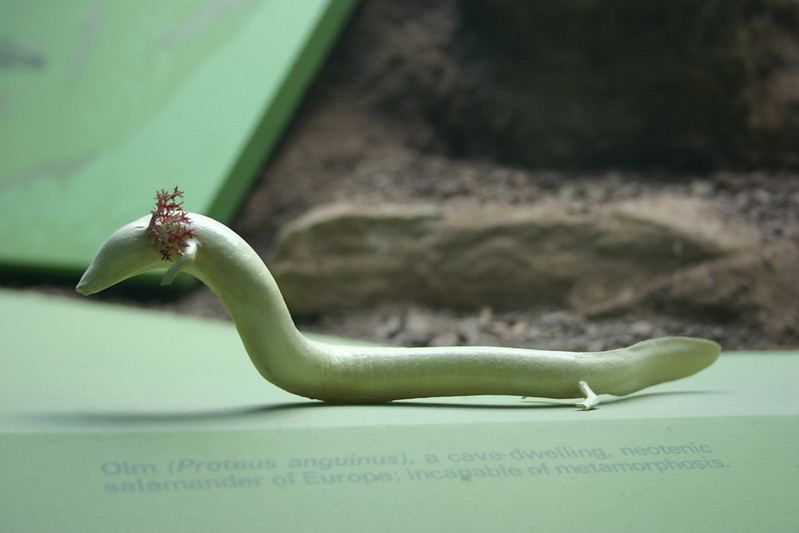
The Olm (Proteus anguinus), often called the “human fish” because of its pale skin, is a fascinating amphibian found in the karst caves of Central and Southeastern Europe. This blind salamander has adapted to life in complete darkness, relying on other heightened senses such as smell and vibration detection. It can survive in the isolated, nutrient-poor environment of caves, often going up to ten years without eating. The Olm’s ability to breathe through both its lungs and gills enables it to stay submerged in underwater cave systems for extended periods. With a lifespan that can exceed 100 years, this slow-moving species is one of nature’s most remarkable examples of cave adaptation.
Cave Pseudoscorpion
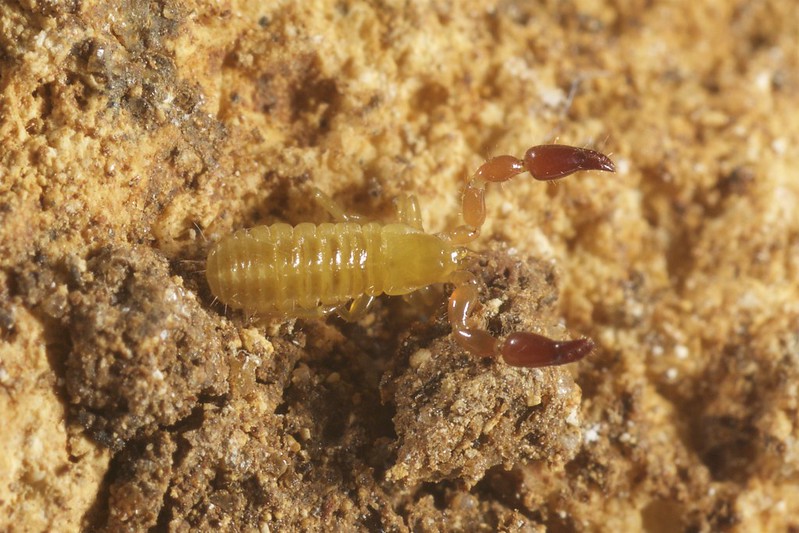
The Cave Pseudoscorpion (Chthonius ischnocheles) is a tiny arachnid, resembling a miniature scorpion but without a tail or stinger. These creatures are commonly found in caves across Europe and Asia, where they use their enlarged pincers to capture small prey like mites, springtails, and tiny insects. In place of venom, pseudoscorpions produce digestive fluids that liquefy their prey for easy consumption. Their survival depends on their ability to sense their environment through touch and chemical detection, as their eyesight is poorly developed. Measuring only a few millimeters in length, their secretive nature makes them elusive to most cave visitors.
Troglodyte Beetle
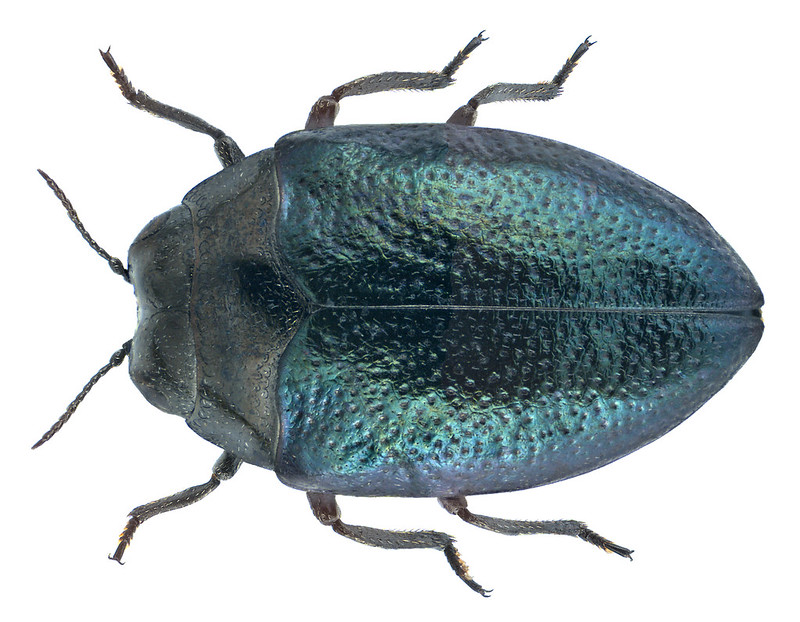
The Troglodyte Beetle (Leptodirus hochenwartii) is an obligate cave dweller found in the limestone caves of the Dinaric Alps. These beetles have developed a range of adaptations to survive in lightless, nutrient-poor environments. Their long antennae are used to feel around in the dark, while their bodies have lost most pigmentation, giving them a pale, ghost-like appearance. Unlike surface-dwelling beetles, their metabolism has slowed down considerably to allow them to endure long periods of food scarcity. They primarily feed on fungi, bat guano, and decaying plant material, making them vital decomposers in their underground ecosystems.
Texas Blind Salamander
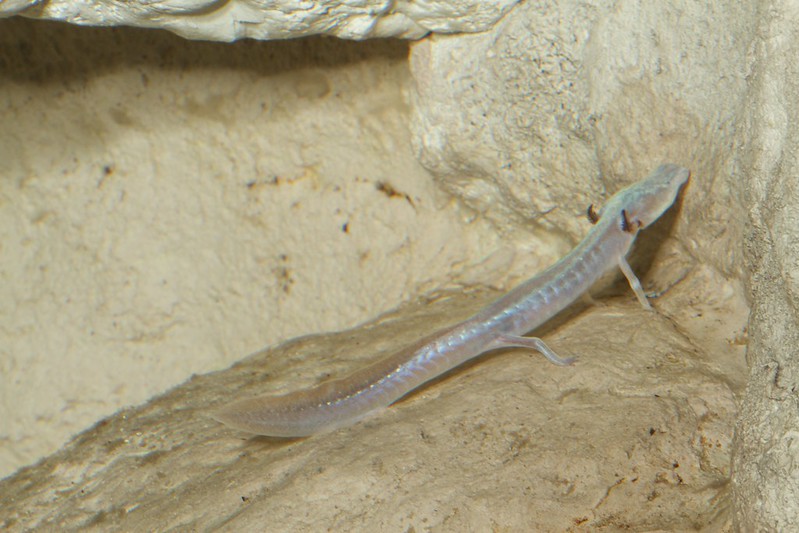
The Texas Blind Salamander (Eurycea rathbuni) is native to the Edwards Aquifer in Texas, where it lives in underground streams and caves. This unique amphibian has lost all pigmentation and its eyes have become vestigial, leaving it completely blind. Despite its lack of sight, the salamander uses sensory cells in its skin to detect changes in water pressure, allowing it to navigate and hunt for small crustaceans and other prey. Its gills are external, a feature that enhances its ability to extract oxygen from the water in its cave habitat. The Texas Blind Salamander’s survival is closely tied to the fragile aquifer system, making it vulnerable to habitat degradation.
Cave Cricket
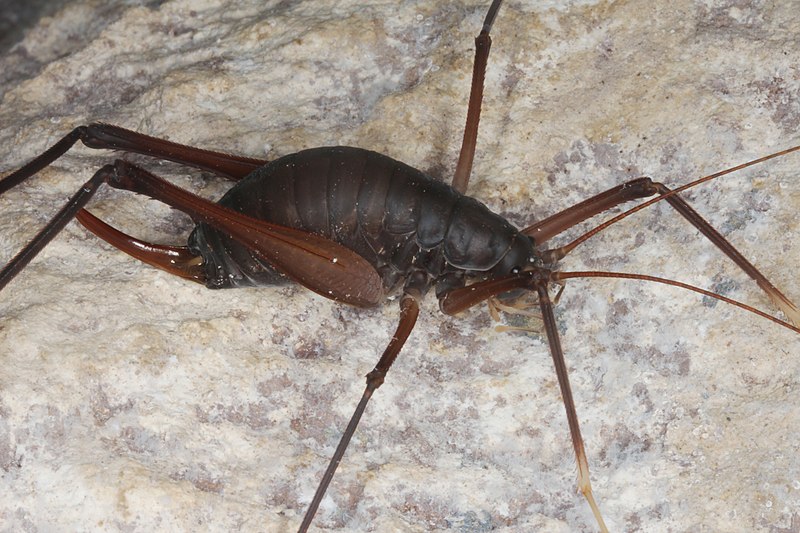
The Cave Cricket (Troglophilus neglectus), also known as the camel cricket, is an insect adapted to the perpetual darkness of caves. These crickets have incredibly long legs and antennae, which help them feel their way around in the absence of light. Living off detritus, fungi, and sometimes bat guano, they play an important role in recycling nutrients within their ecosystem. Unlike most crickets, cave crickets have reduced eyes, and they rely heavily on their sense of touch and smell to find food and avoid predators. Their ability to leap great distances helps them escape danger in their otherwise slow-moving world.
Kauai Cave Wolf Spider
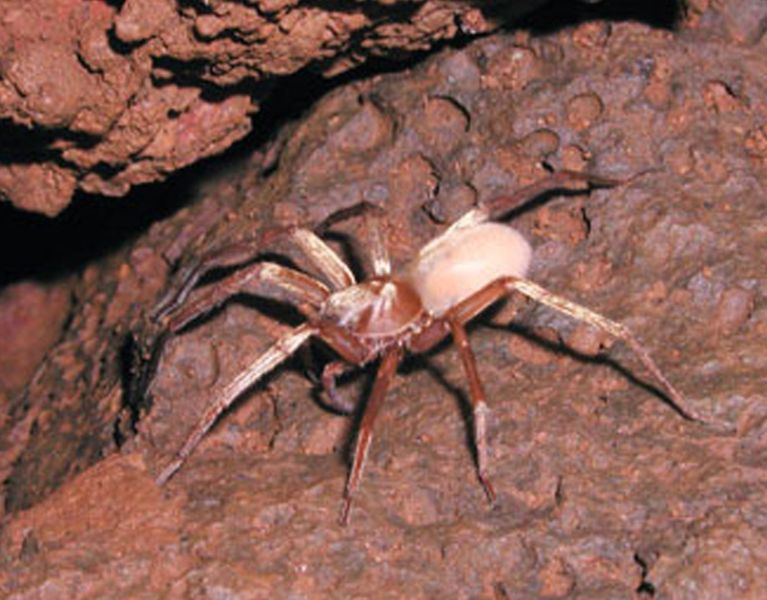
The Kauai Cave Wolf Spider (Adelocosa anops) is a remarkable arachnid found only in a few lava tubes on the island of Kauai, Hawaii. This spider is completely eyeless, relying instead on its exceptional sensitivity to vibrations and air currents to detect prey. Despite its predatory nature, the Kauai Cave Wolf Spider feeds primarily on cave crickets and other small invertebrates, using a unique hunting technique that does not involve web-spinning. Its limited range and highly specialized habitat make this spider one of the rarest and most endangered arachnids in the world. Conservationists are working hard to protect the few remaining populations of this cave-dwelling species.
Cave Fish (Astyanax mexicanus)
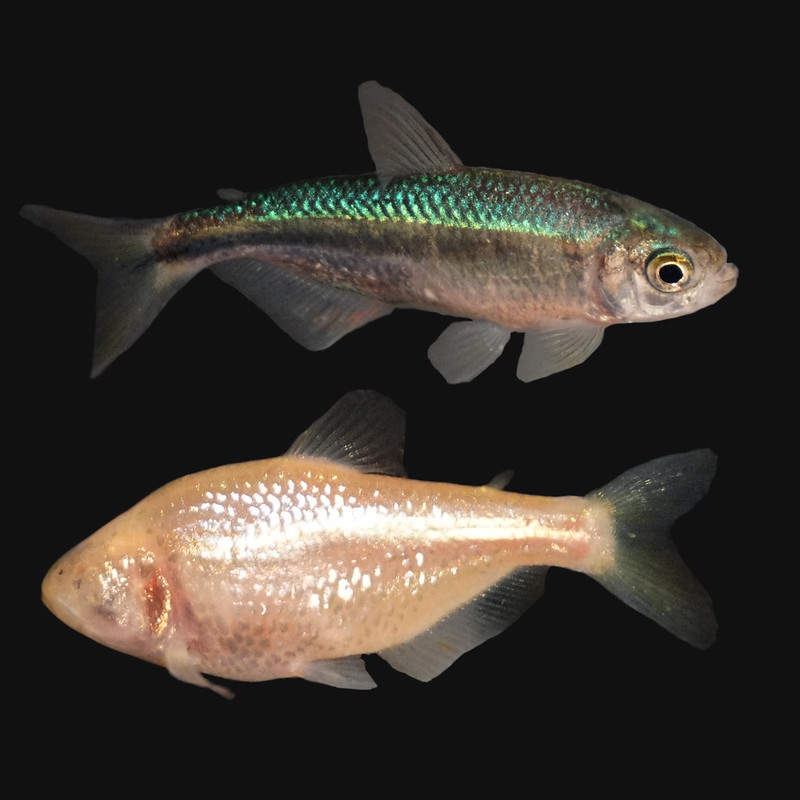
The Mexican Cave Fish (Astyanax mexicanus) is a well-studied example of cave adaptation, having evolved from a sighted, surface-dwelling ancestor. Over generations, the cave-dwelling population has lost its pigmentation and eyes, resulting in a completely blind, albino fish. To compensate for its blindness, this fish has developed an enhanced lateral line system, which detects vibrations and water currents to help it navigate and locate food. It exhibits fascinating behaviors, such as starvation resistance, and even has regenerative abilities in its sensory organs. These evolutionary traits have made it a key model for scientific studies on blindness and adaptation.
Troglobite Millipede
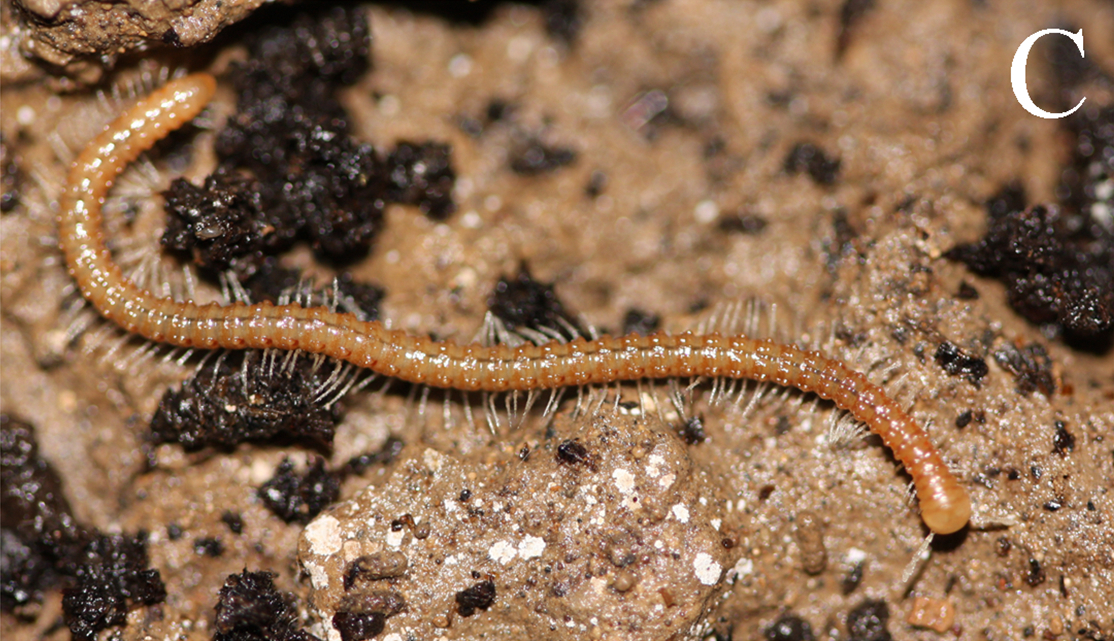
The Troglobite Millipede (Zanclodesmus troglobius) is a highly specialized cave-dwelling millipede found deep within Brazilian caves. Unlike surface millipedes, it has lost its pigment, leaving its body a pale white or translucent color, a common adaptation among troglobites. Its elongated body and numerous legs allow it to move smoothly through the narrow crevices of the cave. This millipede is a detritivore, feeding on decaying plant material and fungi, helping to recycle nutrients within the cave ecosystem. With a slow metabolism, it can endure long periods without food, making it perfectly suited for the harsh, resource-scarce environment of caves.
Cave Velvet Worm
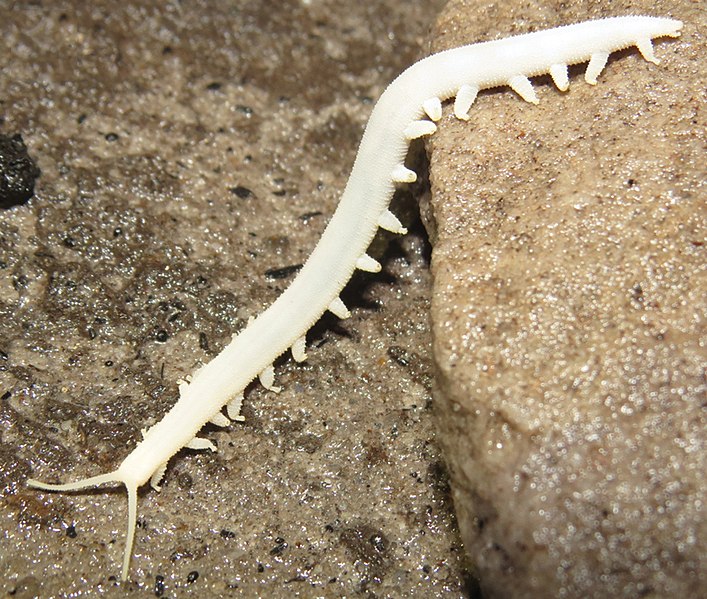
The Cave Velvet Worm (Peripatopsis alba) is a rare and intriguing invertebrate that lives in the limestone caves of South Africa. With its soft, velvety body, it moves slowly through the cave’s damp, cool passages, secreting a sticky substance from specialized glands to trap prey. Its diet consists of small insects and spiders, which it captures with surprising efficiency for such a slow-moving creature. Like many other cave dwellers, the velvet worm has lost its pigmentation and relies on touch and chemical cues rather than sight. Despite their delicate appearance, velvet worms are formidable predators within the cave ecosystem.
Hellbender Salamander
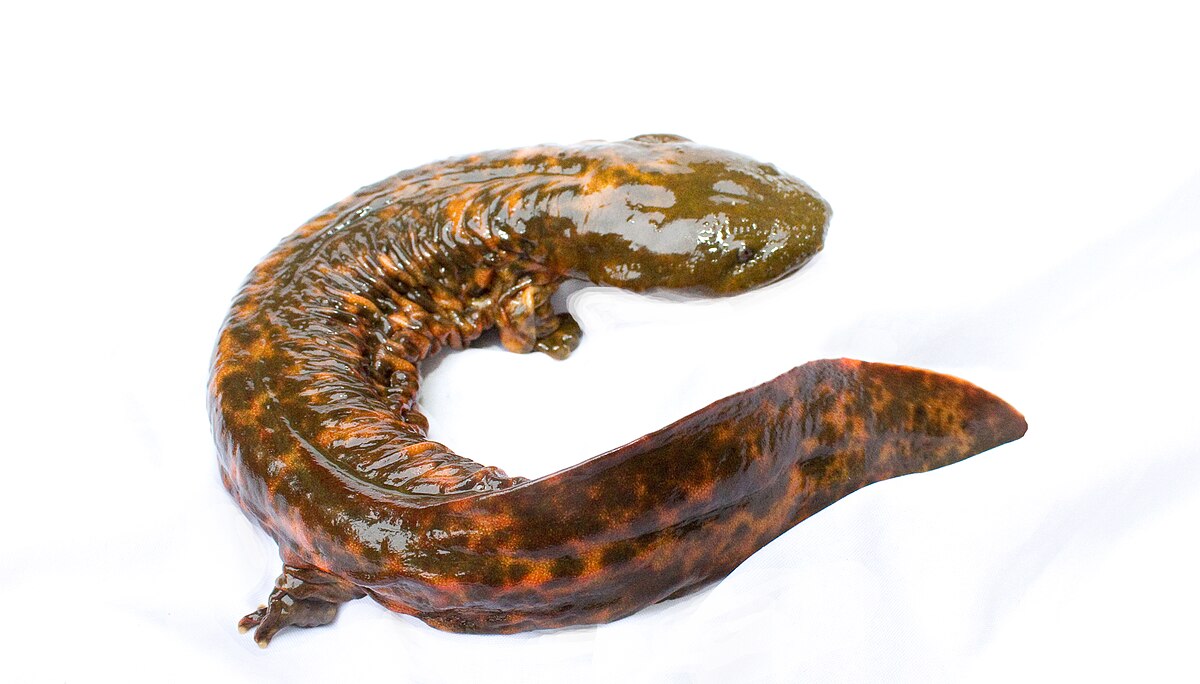
The Hellbender Salamander (Cryptobranchus alleganiensis), one of the largest salamanders in North America, can grow up to 29 inches in length. It primarily inhabits the cold, oxygen-rich streams found in caves and under rocks, making it an elusive and rarely seen creature. Its flattened body allows it to hide in narrow crevices, where it waits to ambush prey such as crayfish and small fish. The Hellbender’s wrinkled skin is adapted for absorbing oxygen directly from the water, reducing its need to surface. Due to its highly specialized habitat requirements, it is considered a sensitive species, facing threats from habitat destruction and pollution.
Stygobromus Hayi (Hay’s Spring Amphipod)
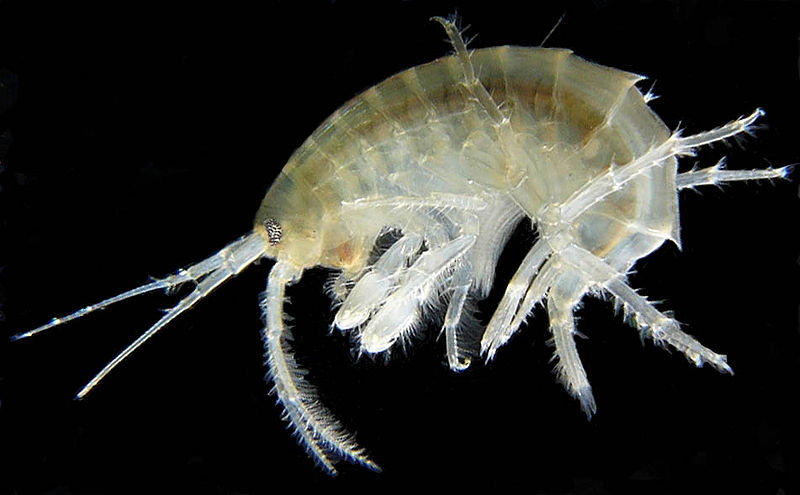
The Stygobromus hayi is an eyeless, translucent amphipod found in freshwater caves and springs of the eastern United States. This tiny crustacean spends its life in the dark, cold waters of underground aquifers, where it feeds on organic matter carried in by water currents. It has adapted to its subterranean life by evolving specialized sensory hairs that detect vibrations and chemical changes in the water. With limited energy resources in caves, the amphipod has a slow metabolism, allowing it to survive on sparse nutrients. Because of its extremely restricted range, it is considered an endangered species and is highly vulnerable to water pollution and groundwater depletion.
This article originally appeared on Rarest.org.
More From Rarest.Org
In the world of music, some artists push the boundaries of sound in ways that are innovative, bold, and ahead of their time. Yet, despite their groundbreaking contributions, many of these musicians remain underappreciated or overlooked in mainstream culture. Read more.
Nature has a way of sculpting the world around us in fascinating and unexpected ways, and nowhere is this more evident than in the mysterious rock formations found across the globe. These unusual shapes, carved over millennia by wind, water, and time, have puzzled and captivated people for centuries. Read more.
Capturing the vibrant beauty of wildlife is a thrilling pursuit for photographers and nature enthusiasts alike. The natural world is brimming with an array of colorful creatures, each offering a unique visual spectacle. Read more.


